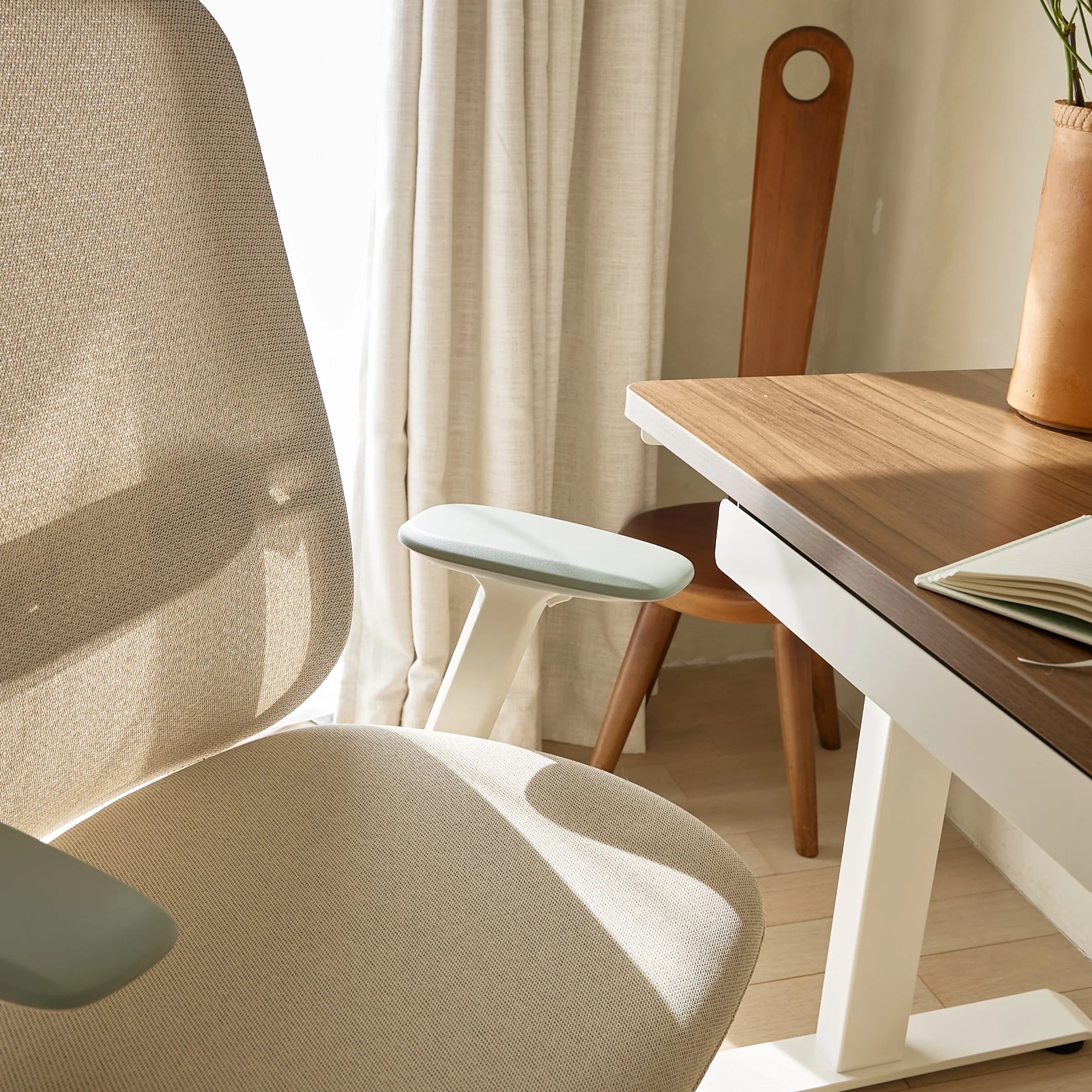Ergonomic desk chairs are often hailed as the ultimate solution to back pain and poor posture. But here’s the truth most people don’t talk about: even the most “ergonomic” chair can work against you if it’s not the right fit—or if you’re using it the wrong way.
Surprising, right? You might think you’ve nailed your workstation setup just because your chair has all the bells and whistles. Yet discomfort, fatigue, or even new aches can creep in slowly, making you wonder what’s gone wrong.
So let’s uncover the real risks behind ergonomic desk chairs and how you can avoid them—before they take a toll on your body and productivity.
That “Perfect” Chair Might Not Fit You at All
Picture this: you’ve just brought home a sleek chair promising back support and comfort. But a few days in, you’re fidgeting non-stop. Your hips are tight, your shoulders ache, and your neck is stiff. It’s frustrating—and confusing.
Here’s the deal: ergonomic doesn’t mean universal. Not every chair fits every body. If the seat pan is too deep, shorter folks end up dangling their legs. If the backrest doesn’t adjust high enough, taller people lose lumbar support.
It’s no wonder many people end up shopping for replacements from places that understand the real meaning of comfort and design—like this modern home furniture store that blends style with ergonomic functionality.
Adjustment Overload: More Isn’t Always Better
Modern ergonomic chairs come packed with knobs, levers, and settings. Sounds great—until you realize you’ve never touched half of them. Or worse, you’ve tweaked things in a way that makes your posture worse, not better.
When your chair isn’t dialed in for your body, even tiny misalignments can put stress on your spine, hips, and shoulders. Over time, that tension adds up.
The good news? It’s not about buying a more expensive chair—it’s about finding one that suits your shape and setup. Check out these ergonomic chair designs to explore seating that puts your comfort first.
Sitting Still Is the Real Enemy
Let’s be real: even the best-designed chair can’t fix the fact that our bodies weren’t made to sit all day. Whether your seat is plush and contoured or high-tech and breathable, long periods of sitting slow your circulation, stiffen your muscles, and zap your energy.
That’s why it’s not just about the chair—it’s about the rhythm of your day. Stretching every 30 minutes, standing for calls, or walking during breaks makes a bigger difference than you might think.
If you’re rethinking your entire setup, it might be time to upgrade your workspace with a chair that not only looks good but actively supports your well-being.
Why This All Matters Long-Term
Ergonomic issues don’t always show up right away. They’re sneaky. Weeks or months down the line, you start feeling off—neck tension, back tightness, hip pressure. These are signs your chair might be doing more harm than good.
Here’s what to watch out for:
- Muscle imbalance from constantly leaning or shifting
- Neck and shoulder strain due to lack of head or arm support
- Hip pressure from poor cushioning or hard seats
- Restricted blood flow causing numbness or tingling in your legs
Fixing these problems starts with awareness—and the right adjustments.
Simple Tweaks That Can Save You From Pain
Don’t worry. You don’t need a whole new office. Small changes can go a long way:
- Chair height: Your knees should be level with your hips. Feet flat.
- Back support: Adjust lumbar support or add a pillow.
- Armrests: Keep elbows close and shoulders relaxed.
- Movement breaks: Stand, stretch, and move every 30 minutes.
And while we’re on the topic of upgrades—don’t forget your online presence too. If your business needs the kind of digital boost that ergonomic chairs give your posture, consider teaming up with Worldigital. This agency knows how to elevate brands online with the same precision you expect from a well-adjusted chair.
Don’t Fall for These Common Myths
Let’s bust a few popular misconceptions:
- “If it’s ergonomic, it must be safe.” Not if you don’t set it up right.
- “It fixes posture automatically.” Not true. Good posture takes effort.
- “All ergonomic chairs are the same.” Definitely not—materials, size, adjustability all matter.
When It’s Time to Say Goodbye to Your Chair
If you’re feeling sore after every workday, constantly shifting in your seat, or the cushion is flatter than a pancake—it’s time. Replace that worn-out seat with one that truly supports your workflow, your body, and your lifestyle.
Because your chair isn’t just furniture—it’s the foundation of your workday.
FAQs
Poor fit, incorrect adjustments, and prolonged sitting can lead to strain, pain, and muscle imbalance even in ergonomic chairs.
If you experience frequent back, neck, or hip discomfort while sitting, your chair may not support your posture properly.
Yes—without proper adjustments, ergonomic chairs can actually worsen posture and create muscle tension over time.
Experts recommend standing, stretching, or walking every 30 minutes to avoid stiffness and improve circulation.
Look for adjustable seat height, lumbar support, breathable material, and a design that fits your height and build.
